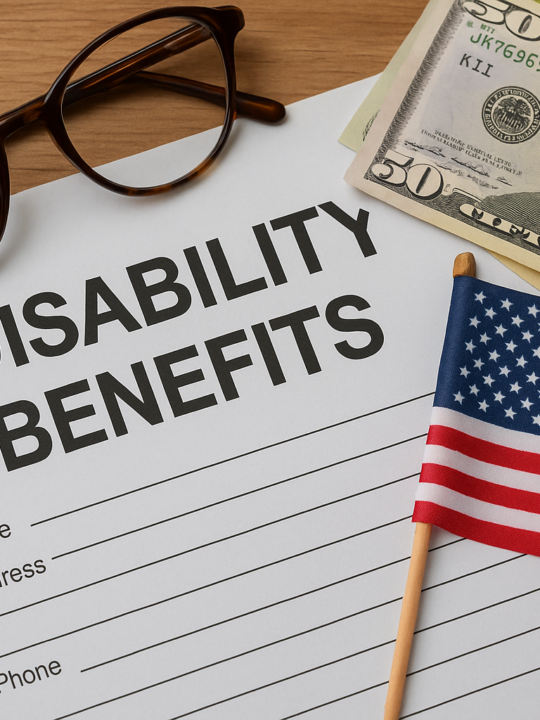Quitting smoking is one of the hardest habits to kick. Nicotine addiction is serious and can cause all sorts of symptoms, though symptoms will differ depending on the person. It’s important to remember that nicotine impacts all areas of the body including the brain, heart, blood vessels, metabolism, and even your hormones. When nicotine levels in your body decrease, some people experience withdrawal symptoms for a month.

Here’s what you need to know about nicotine withdrawal and tips for dealing with the symptoms.
Symptoms of Nicotine Withdrawal
Nicotine withdrawal causes physical, emotional, as well as mental symptoms. After quitting smoking, you’re likely to experience the worst symptoms during the first week, especially on day 3 through day 5. At this time, the nicotine has fully left your body and you’ll experience a variety of symptoms.
Common withdrawal symptoms include:
- Insomnia
- Intense cravings
- Headaches
- Irritability
- Anxiety
- Sweating
- Difficulty concentrating
- Nausea and stomach cramps
While these symptoms can be uncomfortable, the good news is that the worst is over after the first week. During this time, you’ll want to have a strong support network that will keep you from falling back into the habit.
Handling Nicotine Withdrawal
Since the symptoms of nicotine withdrawal can be quite serious, it’s important to know various ways to deal with the symptoms so that you don’t revert back to smoking to put an end to the symptoms you’re experiencing.
Here are 5 proven ways to minimize withdrawal symptoms.
1. Consider Nicotine Replacement Medications
Chances are you’ve heard about and maybe even tried one of the many nicotine replacement medications that are available on the market. Depending on your preferences, you could wear a skin path, chew nicotine gum, or try a prescription method such as a nasal spray or an inhaler.
These medications reduce symptoms by slowly decreasing the nicotine levels in your body. The slow reduction minimizes the severity of the symptoms.
2. Switch to Vaping
If you enjoy the act and experience of smoking, consider switching to vaping as a way to quit cigarettes. Vaping is useful in minimizing nicotine withdrawal symptoms because you can control (and slowly decrease) the amount of nicotine that you put into your body.
In stores you’ll find all sorts of e-juice for vapes, including a variety of flavors and nicotine levels. If you’ve just quit smoking, you may want to purchase vape juice that offers at least a 6mg nicotine level. This ensures you have the throat hit you desire without the high nicotine exposure.
3. Non-Nicotine Prescription Medications
While most treatments work by slowly decreasing the nicotine levels in your body, there are medications that don’t use nicotine at all. Drugs such as Chantix and Zyban are well known smoking cessation tools.
These medications work by partially activating areas in the brain that are affected by nicotine. This provides mild-nicotine like effects and helps to ease nicotine withdrawal symptoms.
4. Exercise
Most smokers do so because it improves their mood and temporarily puts stress behind them. Without the normal nicotine levels in your body, you may become depressed and anxious. To counteract these withdrawal symptoms, add 30 minutes of exercise into your day. Exercise naturally makes you feel good mentally and physically as it encourages your body to release mood-boosting endorphins like serotonin and norepinephrine.
Exercise doesn’t have to be strenuous or something you dislike. Go for a walk or a hike. Dance around in your basement. Anything that gets your heart going counts.
5. Rest
While exercise is important, so is rest, relaxation, and sleep. When you decide to quit smoking, your body goes through a lot of changes in order to rid itself of nicotine addiction. Expect to feel fatigued and like you have very little energy. You can expect your energy levels to come back in a few weeks after quitting. Until then, it’s okay to take cat naps or to go to sleep earlier than usual. The more you sleep, the more your body detoxes.
6. Manage Stress
Stress not only makes you crave cigarettes, it can also make your withdrawal symptoms even worse. To prevent your symptoms from causing even more discomfort and disruption, find healthy ways to manage and lower your stress levels. Practice yoga or breathing exercises. Give meditation a try.
Not only is it important to know how to manage your stress, it’s just as important to know your triggers. Avoid them as much as possible to improve your chances of quitting smoking forever.
Conclusion
One of the biggest things that keep smokers from kicking their habit for good is dealing with the withdrawal symptoms that impact every part of the body. If you want to quit smoking without dealing with headaches, nausea, mood swings, and other symptoms, keep these 5 options in mind to minimize symptoms and keep you on track to being cigarette-free.
Was the information in this article helpful? If you have any questions or comments, share your thoughts in the comments below.







